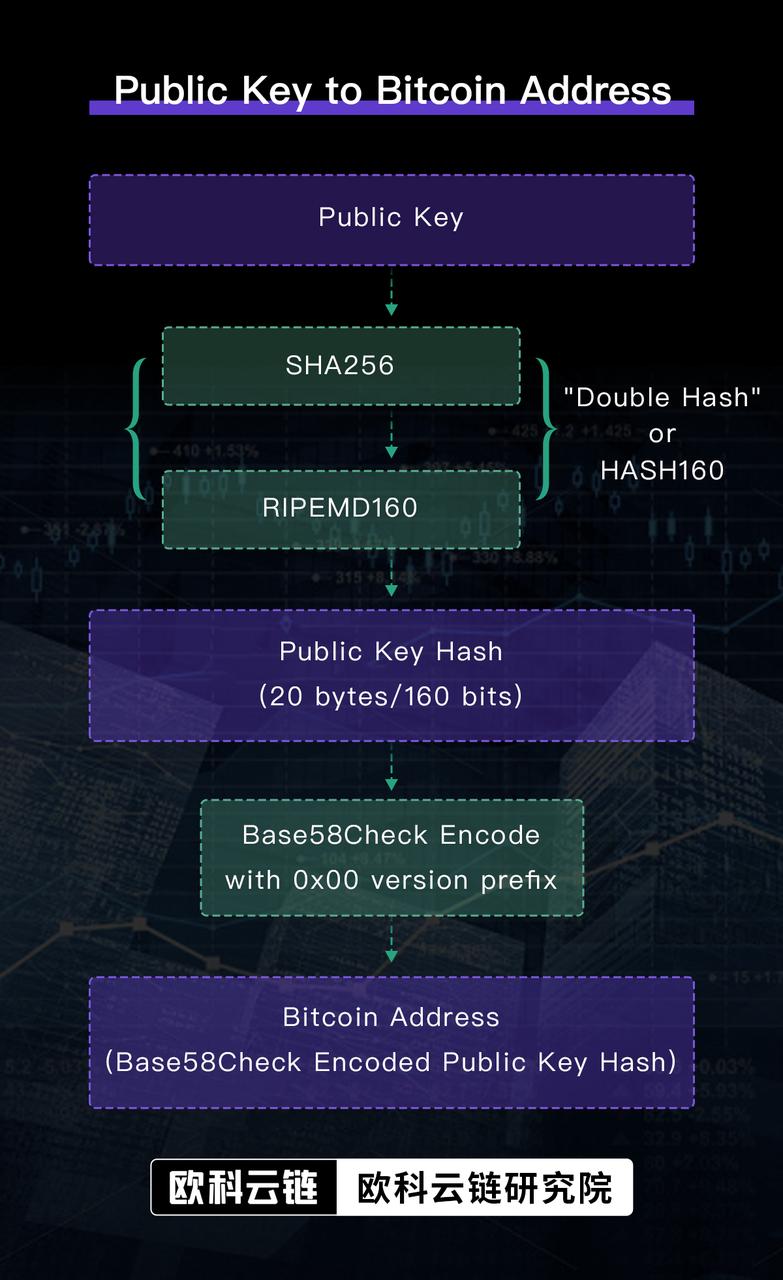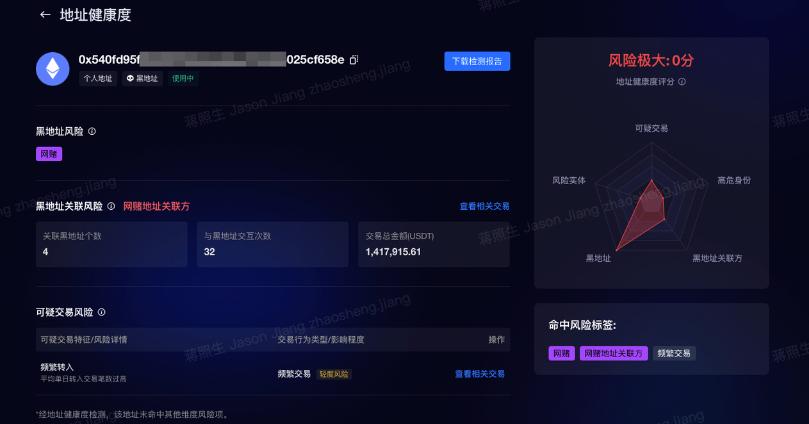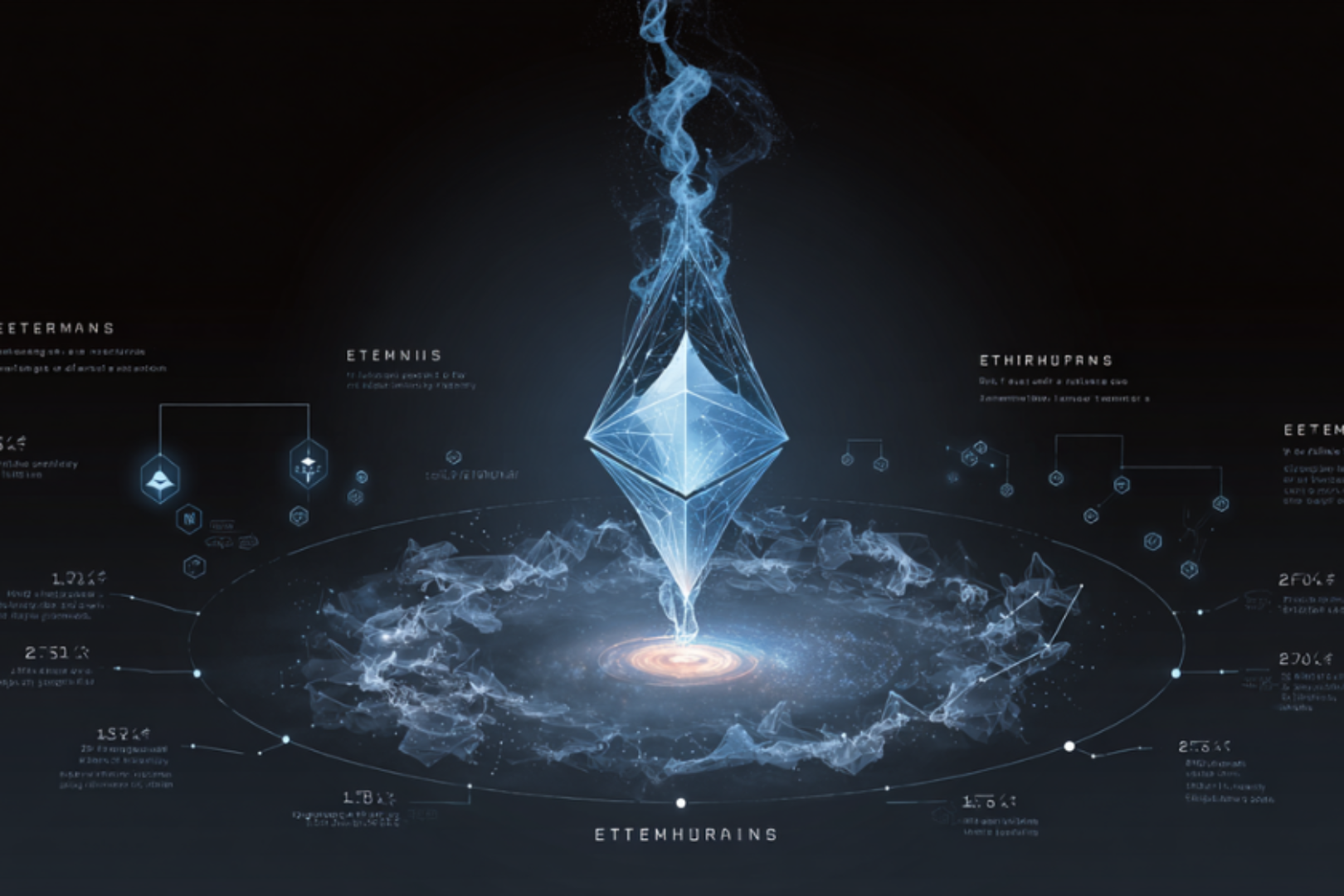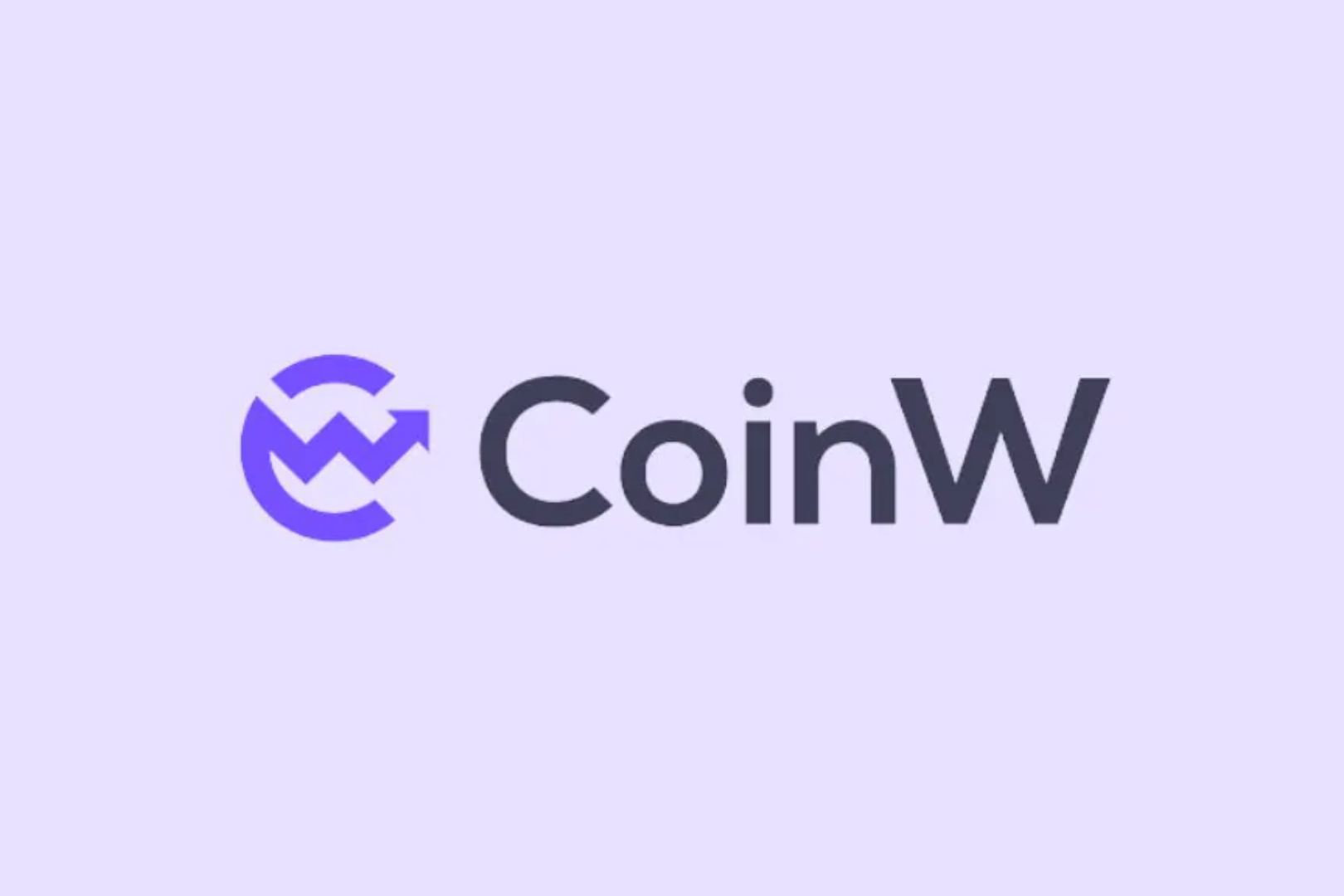
Original author: Jason Jiang
In the blockchain world, in addition to transactions, there is another basic element: the address. In the Onchain AML compliance technology solution recently launched by Ouke Cloud Chain, there is also a concept closely related to the blockchain address: KYA (Know Your Address, know your address).
So the question is, what is the use of blockchain addresses? Why do we know your address?
1. What can we use the blockchain address for?
Address is the most basic but important concept in the blockchain world. All blockchain network interactions begin and end with an address. Whether it is the simplest transfer payment or complex transactions using DeFi protocols, addresses are essential.
A common blockchain address is a string of numbers and letters derived from a public key or script using a cryptographic algorithm. The following figure shows the Bitcoin address generation process (excerpted from Mastering Bitcoin):

There are subtle differences in the addresses of different blockchain networks. For example, most Bitcoin addresses start with 1, while Ethereum addresses start with 0x. But these addresses can be regarded as unique identifiers and groupings of assets on the chain.
The initial role of the blockchain address is to receive, send and store various virtual assets. With the development of on-chain application ecosystems including DeFi, NFT, DID, etc., the application scenarios of blockchain addresses are becoming more and more extensive:
When we interact with various Dapps on the chain, we need to use address authorization to obtain access and usage permissions;
When we create smart contracts or participate in on-chain voting, we need to use addresses for authentication;
When querying your own or others’ on-chain transaction records, you should also use the address in the blockchain browser to query.
......
Address is the entry key to the world on the chain and the cornerstone of building the future Internet. Perhaps one day in the future, when we are looking for a job or other situations where we need to introduce ourselves to others, it will be enough to directly show our blockchain address: because the address has recorded all our past and present on-chain Dynamic and believable.
2. What is the difference between an on-chain address and a bank account?
Because the basic function of a blockchain address is somewhat similar to that of a bank account, people often draw an analogy between the two. But in fact, apart from other functional differences between the two, the biggest difference between a blockchain address and a bank account lies in the real-name situation.
Each bank account corresponds to a real-name individual or institution, but the blockchain address does not have such a correspondence:
First of all, a single address in the blockchain world does not necessarily point to a single user/institution. It may be behind a group of people or multiple institutions (such as a multi-signature address), or even ultimately points to a smart contract (note: blockchain addresses include external ownership account address (EOA) and smart contract address).
The picture above shows the factory contract address of Uniswap V2 (Source: OKLink)
Secondly, when we go to a bank to open an account, the step we must complete is real-name authentication. When we want to generate a blockchain address, we can do it without showing any real-name information. - This is impossible to achieve in the banking system.
Precisely because of the low threshold of blockchain addresses, the financial system developed in the blockchain ecosystem is regarded by more users and institutions as a more inclusive and open financial development model, and is believed to benefit those who cannot be accessed by traditional finance. The long-tail customer group served by the organization.
However, this anonymous and low-threshold address system also brings risks and challenges to the blockchain ecosystem: One person can generate tens of thousands of blockchain addresses at will, and then use the blockchain network and other privacy-enhancing technologies to These addresses can be used to receive and process funds generated in illegal activities such as fraud and pyramid schemes, making it difficult to be tracked and investigated in the chain world.
3. How do you know your address?
As an ordinary investor, maybe you have never thought about using your own address to engage in these risky activities, but you may be involved in it unknowingly: because there is no way to guarantee that all addresses that interact with you on the chain are health and safety.
So how should we respond? The KYA (Know Your Address) Core in the Onchain AML compliance solution of Okey Cloud Chain may be able to help. KYT Core is a big data risk assessment tool that identifies, analyzes, measures and classifies the risk characteristics of addresses on the chain. Ordinary users can conduct a preliminary risk screening of the other partys address before the transaction, and take targeted measures according to the corresponding risk characteristics. Of course, users can also check the health of their addresses at all times to ensure the safety of their on-chain funds.
For example, if you take the Ethereum address in the picture below and use the address health function of OKLink KYA Core, you will find that it is risky and may be related to an online gambling address. In this case, would you still choose to trade with it?

In addition to C-end users, institutional users can also use Okey Cloud Chains KYA Flex product to meet risk control and compliance needs. Institutional users can customize the risk scoring dimensions and hit rules of blockchain addresses based on their actual demands and compliance needs. While ensuring risk control and compliance, the user experience and risk scoring rules are ensured. explanatory.
Both KYT Core and KYA Flex are inseparable from the huge address tag library at the bottom of OKLink. Just like a persons personal characteristics such as height, shortness, weight, interests, and hobbies, address labels are also characteristic expressions of blockchain addresses, allowing ordinary people to understand the various information behind the address. As of August 2023, OKLink has more than 3.4 billion address tags and nearly 70 million black and gray address tags.
OKLink is about to publish the next article: What is the relationship between DID and blockchain address?




